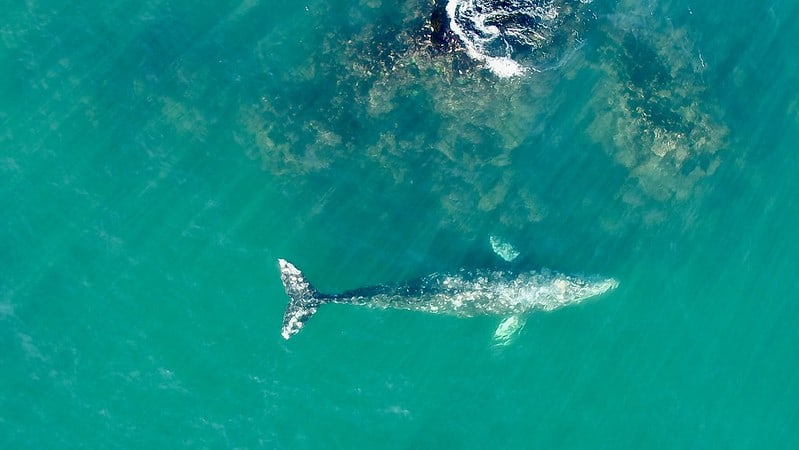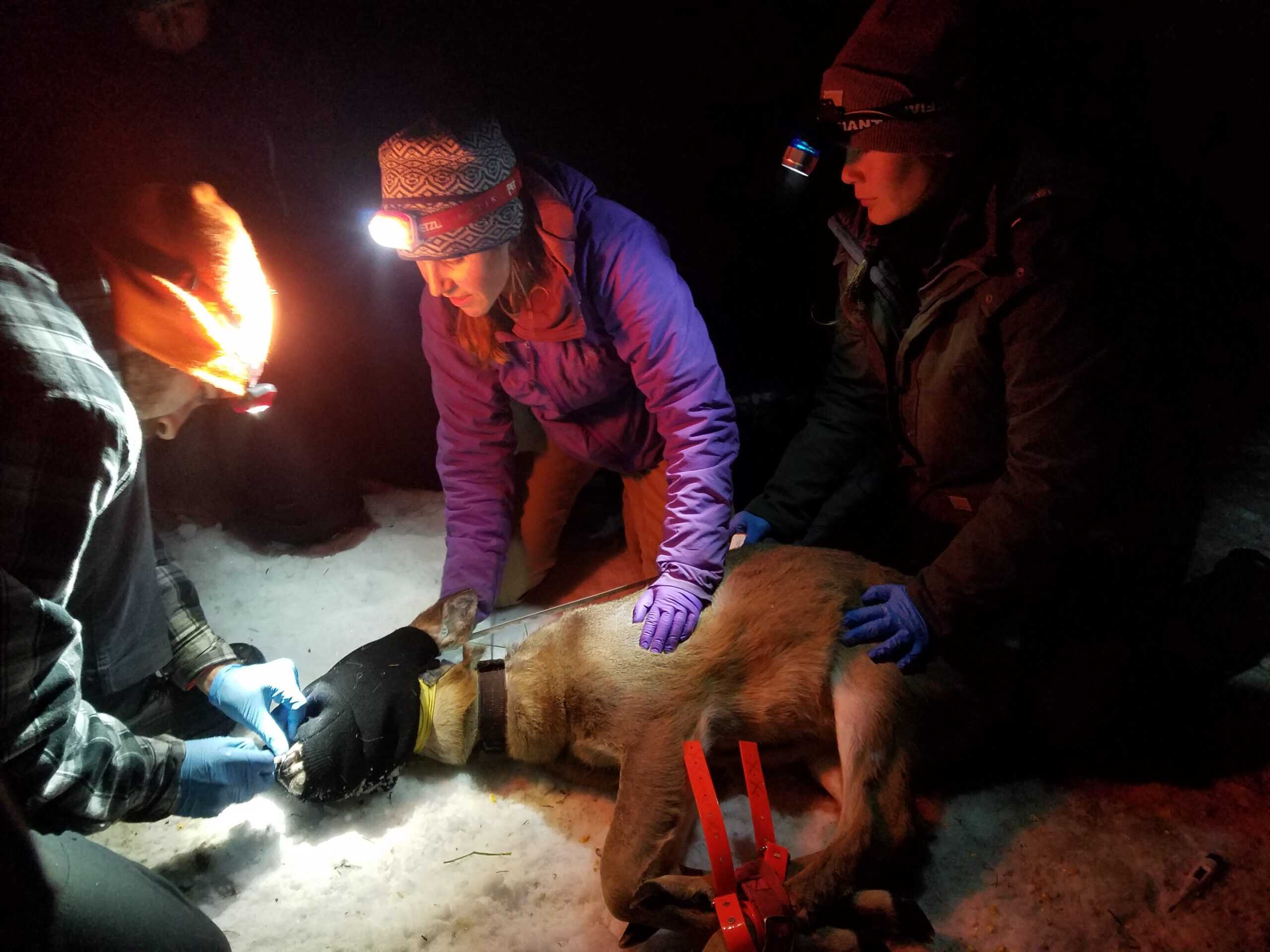Share this article
Wildlife Featured in this article
- Gray whale
Why are Oregon’s gray whales so much smaller?
Is the size difference normal? Or are they unhealthy?
Gray whales that spend their summers feeding off the Oregon coast are shorter than those that head to the Arctic. The findings, published in the journal Biology Letters, raise questions about the health, behavior and management of this population.
Most of the 16,000 gray whales (Eschrichtius robustus) in the Eastern North Pacific population simply pass by Oregon as they migrate between Mexico and the Arctic. But 212 whales in what is known as the Pacific Coast Feeding Group spend summer off the coast of Oregon, as well as Northern California, Washington and southern Canada.
Both males and females in the group are smaller than their counterparts—about three feet shorter for females. That has researchers wondering if the difference is simply normal for this group or if they’re unhealthy.
“With only 212 Pacific Coast Feeding Group whales, these whales might require different management strategies compared to the 16,000 whales in the Eastern North Pacific,” said lead author K.C. Bierlich, a postdoctoral scholar at Oregon State University’s Marine Mammal Institute.
Header Image: A drone captures an image of a gray whale off the Oregon coast. Credit: Geospatial Ecology of Marine Megafauna Laboratory, Oregon State University








